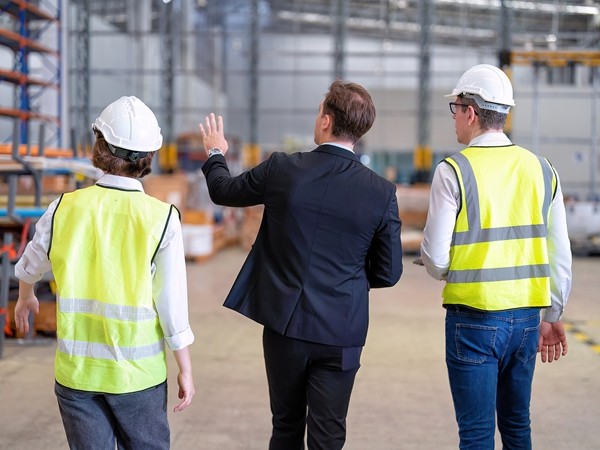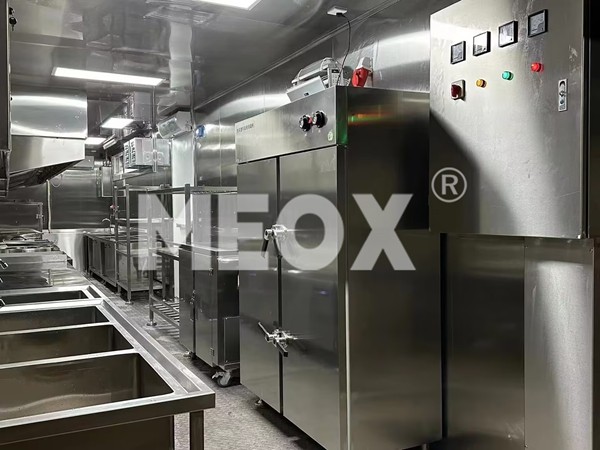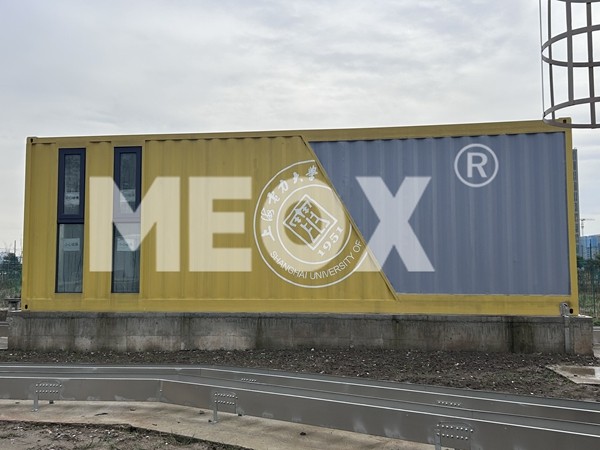The world of offshore containers is both vast and complex, stirring a wealth of curiosity amongst professionals within the maritime and oil industries. These specialized containers are integral to the efficiency and safety of transporting goods and equipment to and from offshore installations. Here, we delve into the crucial aspects of offshore containers, highlighting their significance, construction, and the standards that underscore their use.

Offshore containers are not your ordinary shipping containers. They are uniquely designed and built to withstand the harsh and often unpredictable conditions of open sea environments. Their importance is paramount in industries that operate far from shore, such as oil and gas, where the delivery of equipment, tools, and supplies becomes a logistical and safety challenge.
What sets offshore containers apart is their robust engineering tailored to meet stringent safety and regulatory requirements. These containers are subject to extreme wind speeds, rough sea conditions, and must endure harsh weather. Therefore, they are manufactured using high-strength materials and tested rigorously before being put into operation. Typically built from high-quality Corten steel, these containers resist corrosion, a critical factor given the salty marine environment in which they operate.

Standards play a pivotal role in ensuring that offshore containers are up to par with international safety requirements. Standards like ISO 10855 and the DNV 2.7-1 set forth by the International Organization for Standardization (ISO) and Det Norske Veritas (DNV) provide guidance on the design, testing, inspection, and certification of offshore containers. Adherence to these standards ensures that containers can withstand dynamic forces during lifting, dynamic positioning, and harsh environmental conditions without compromising on safety.
From a practical application standpoint, these containers are diverse in function and form. They include cargo baskets, chemical tanks, half height containers, and even custom-built units, each serving a specific purpose. Cargo baskets, for example, are open-topped units ideal for transporting tools and equipment. Chemical tanks are designed to safely handle and transport hazardous chemicals, often featuring double-skinned walls to further prevent leaks or spills during transport.offshore container
The expertise in designing these containers is not just limited to engineering robustness but extends to other vital factors such as the ease of handling, modularity, and the safety of the contents being transferred. Load stability is ensured through carefully calculated weight distribution, and innovative securing methodologies minimize the risk of cargo shift during transit.
An essential component in selecting an appropriate offshore container is understanding its certification. A certified container provides assurance of its capability to perform under adverse conditions without failure. Certification processes involve rigorous testing scenarios that simulate real-world conditions, such as drop tests, impact simulations, and exposure to extreme temperatures, ensuring both structural integrity and durability.
The trustworthiness and authority of manufacturers play a pivotal role in the selection process. Reputable manufacturers not only comply with international standards but often exceed them, offering products that have garnered a solid track record within the industry. A reliable manufacturer will also provide comprehensive documentation and continual support, from initial purchase decisions to maintenance and inspection services.
Ultimately, the operation of offshore containers is a blend of engineering prowess and meticulous adherence to regulatory standards, ensuring safety and reliability in challenging environments. Their development has been driven by decades of experience and advancements in technology, underscoring their efficacy in transporting critical equipment across the globe’s oceans securely.
Offshore containers remain indispensable assets in the marine sector, supporting industries that contend with Mother Nature’s most formidable challenges daily. By selecting certified, expertly engineered offshore containers, companies solidify their operational capabilities, ensuring not only the safety of their goods but also bolstering efficiency and reliability in one of the world’s most demanding work environments.






